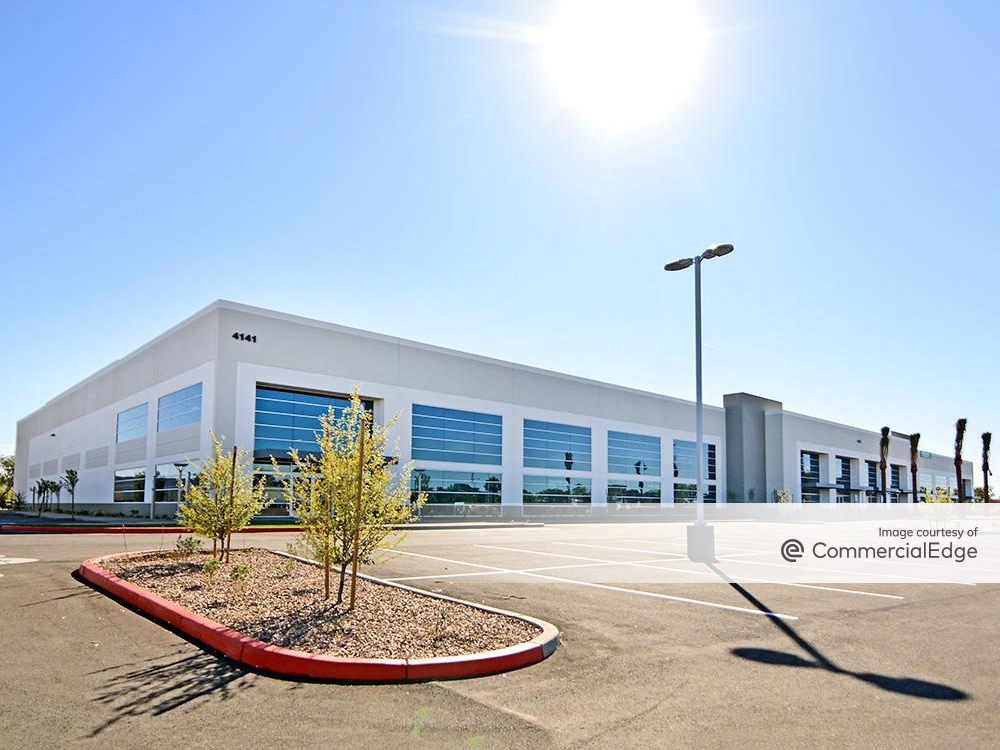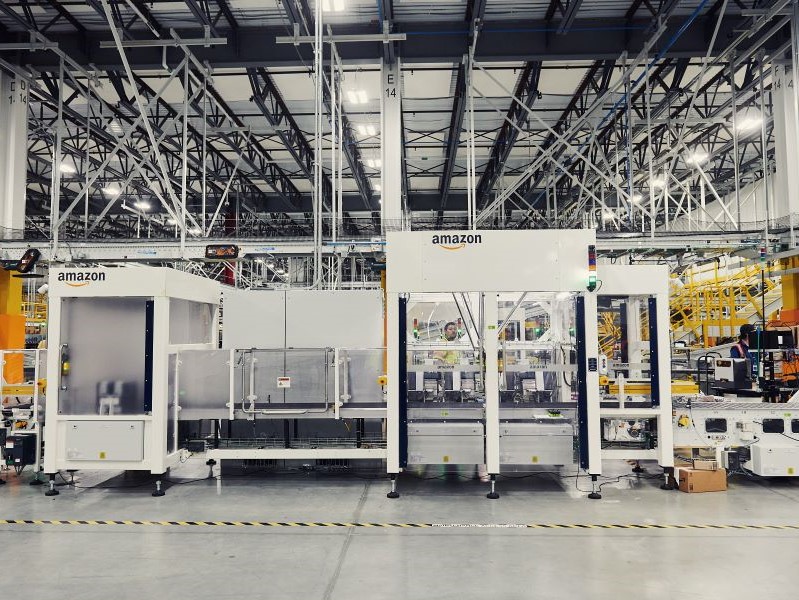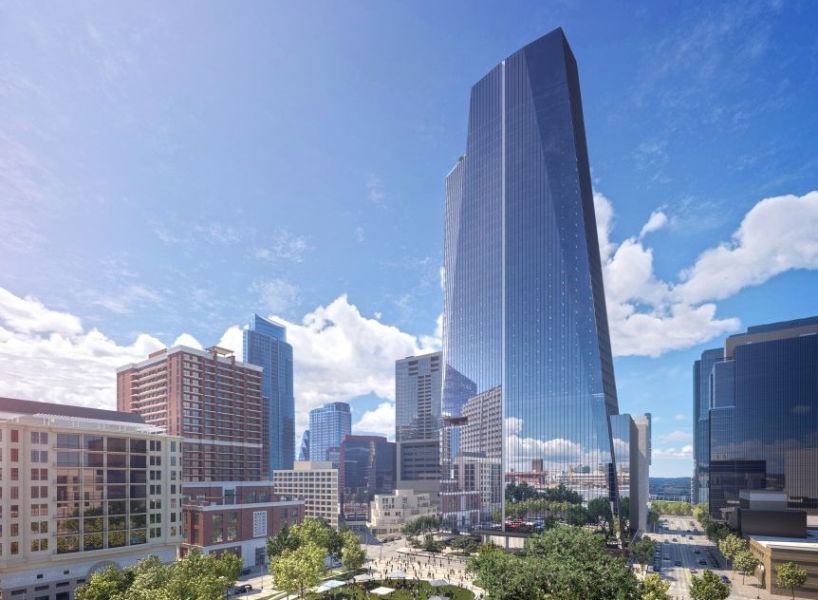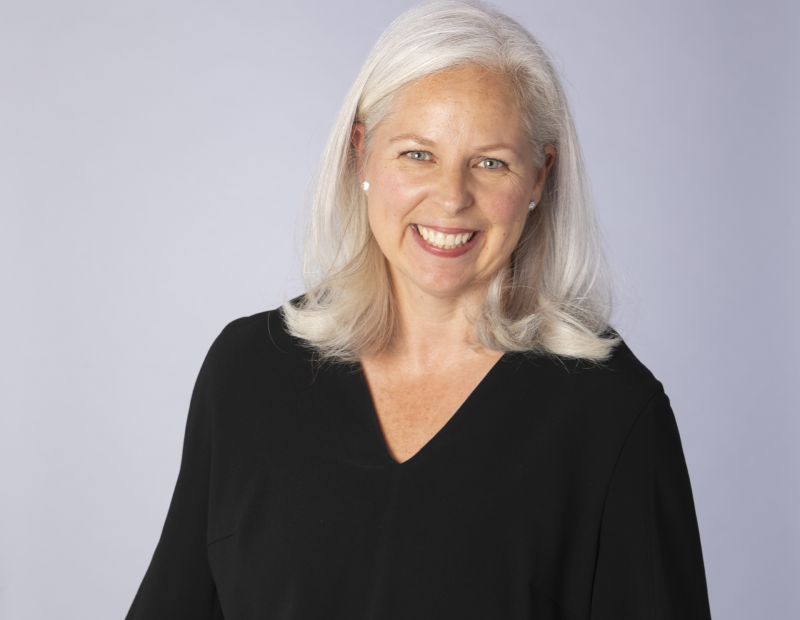Yardi Matrix: Pittsburgh’s Transition
With more than 10,000 units in different stages of development, the pipeline is likely to cool off, but not by much.
By Bogdan Odagescu
Pittsburgh’s multifamily market is a bit of a conundrum. Population has been almost flat for the past five years and supply mushroomed in 2016, leading rents to contract by 20 basis points. Yet the city has some positive economic signals, led by a growing white-collar job base.
Pittsburgh is in an ongoing transition from its blue-collar, industrial profile to a more diversified job market aiming at young, highly skilled workers. On one hand, the metro is bleeding lower-paid jobs and working-class households are being priced out of some core areas. On the other hand, Greater Downtown is thriving on this demographic shift, with highly paid Millennials taking advantage of the area’s job market, affordability and quality of life. The city benefits from a deep talent pool fueled by Carnegie Mellon, the University of Pittsburgh and several other institutions. Attracted by the large number of degree-holding young professionals, large tech companies—including Uber quite recently—have chosen to set up a base or expand Pittsburgh operations.
With more than 10,000 units in different stages of development, almost 2,300 of which are slated for completion in 2017, the pipeline is likely to cool off, but not by much. The record-breaking supply volume, together with the high affordability of owning and the city’s slowly declining population, have put a strong damper on rent growth. The damper won’t be let up, at least not in the short run.
Read the full Yardi Matrix report.








You must be logged in to post a comment.